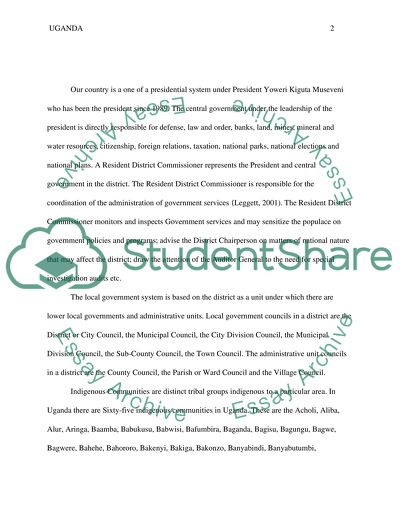Cite this document
(“Uganda Essay Example | Topics and Well Written Essays - 2000 words”, n.d.)
Retrieved from https://studentshare.org/social-science/1689327-uganda
Retrieved from https://studentshare.org/social-science/1689327-uganda
(Uganda Essay Example | Topics and Well Written Essays - 2000 Words)
https://studentshare.org/social-science/1689327-uganda.
https://studentshare.org/social-science/1689327-uganda.
“Uganda Essay Example | Topics and Well Written Essays - 2000 Words”, n.d. https://studentshare.org/social-science/1689327-uganda.


